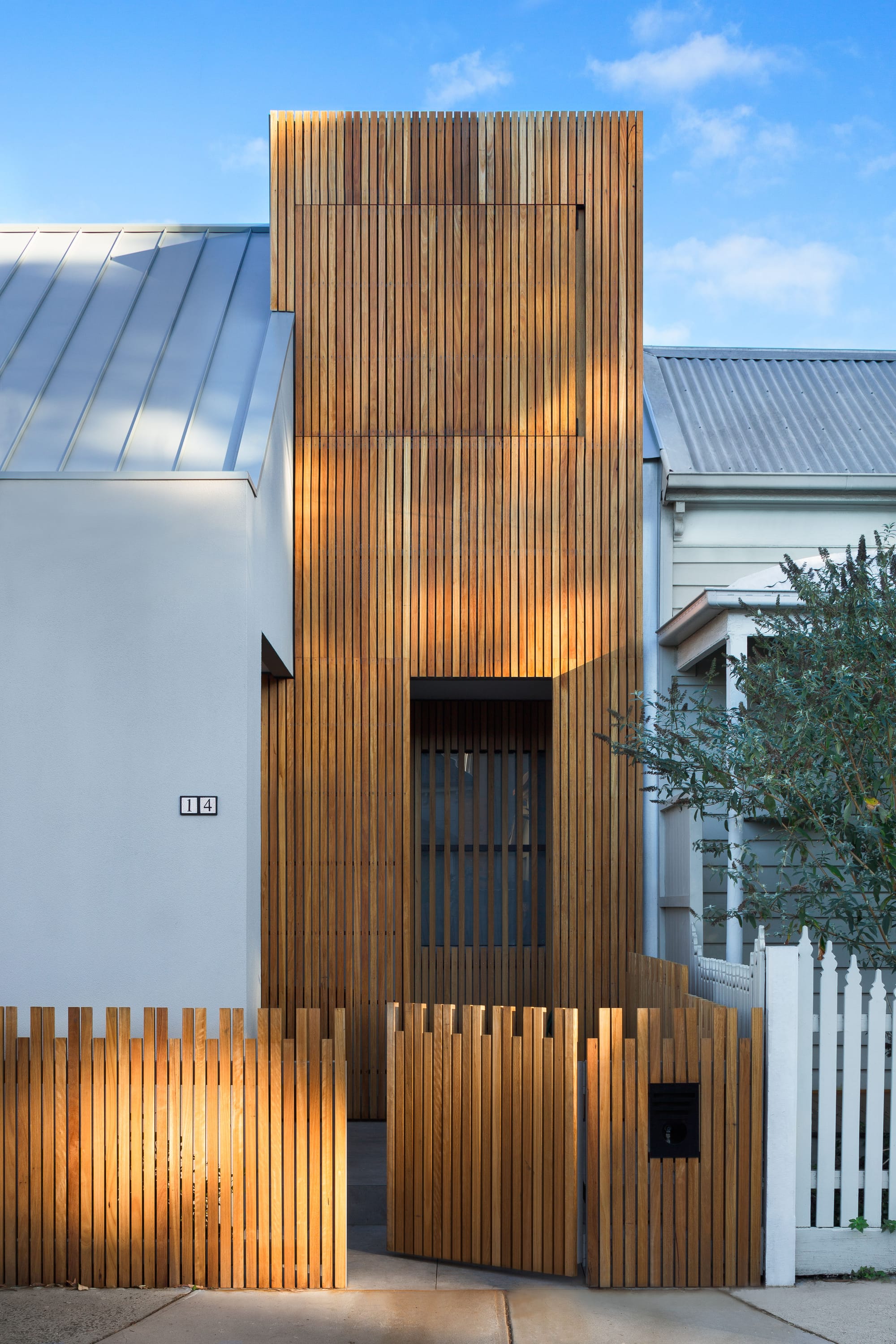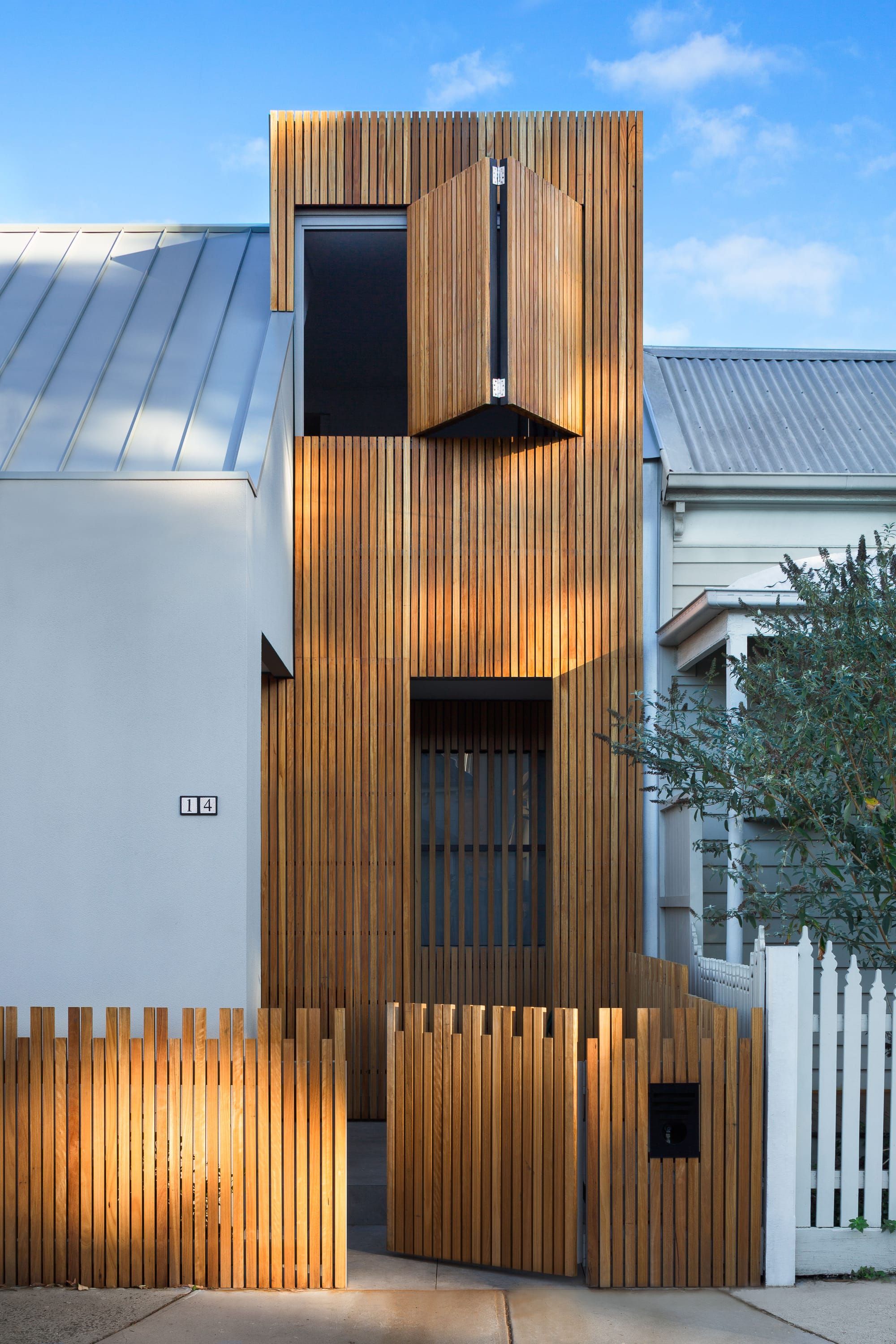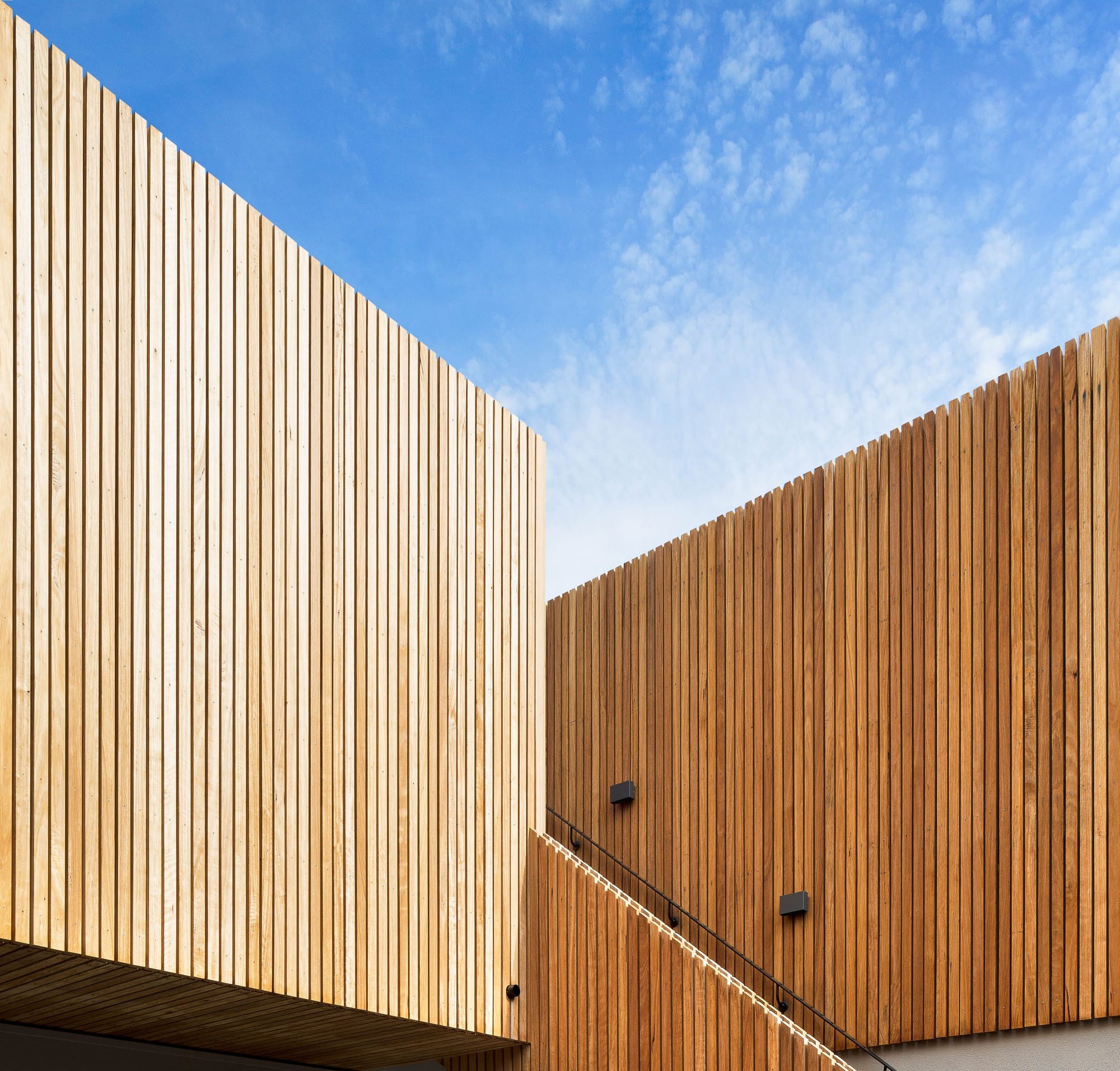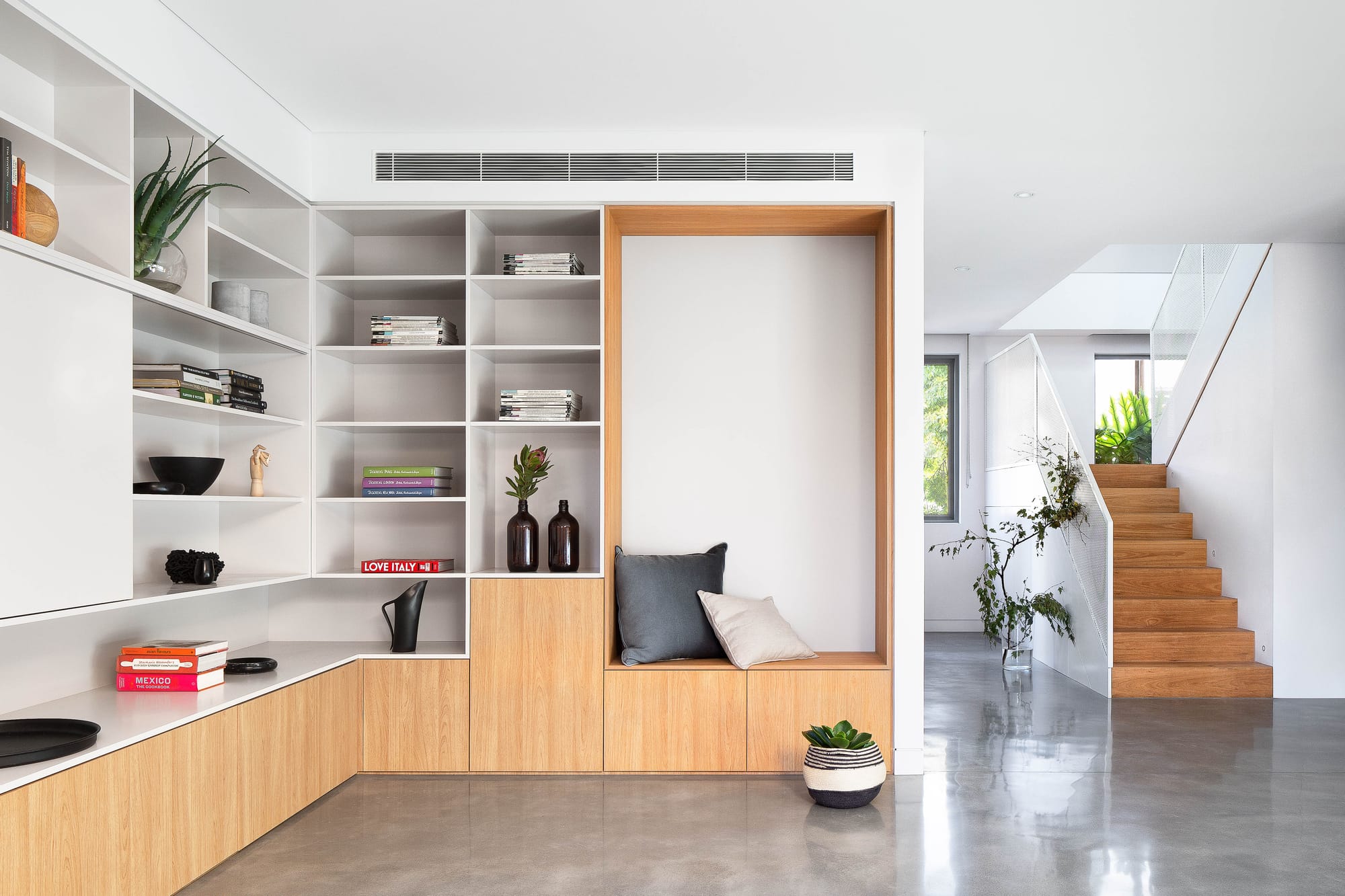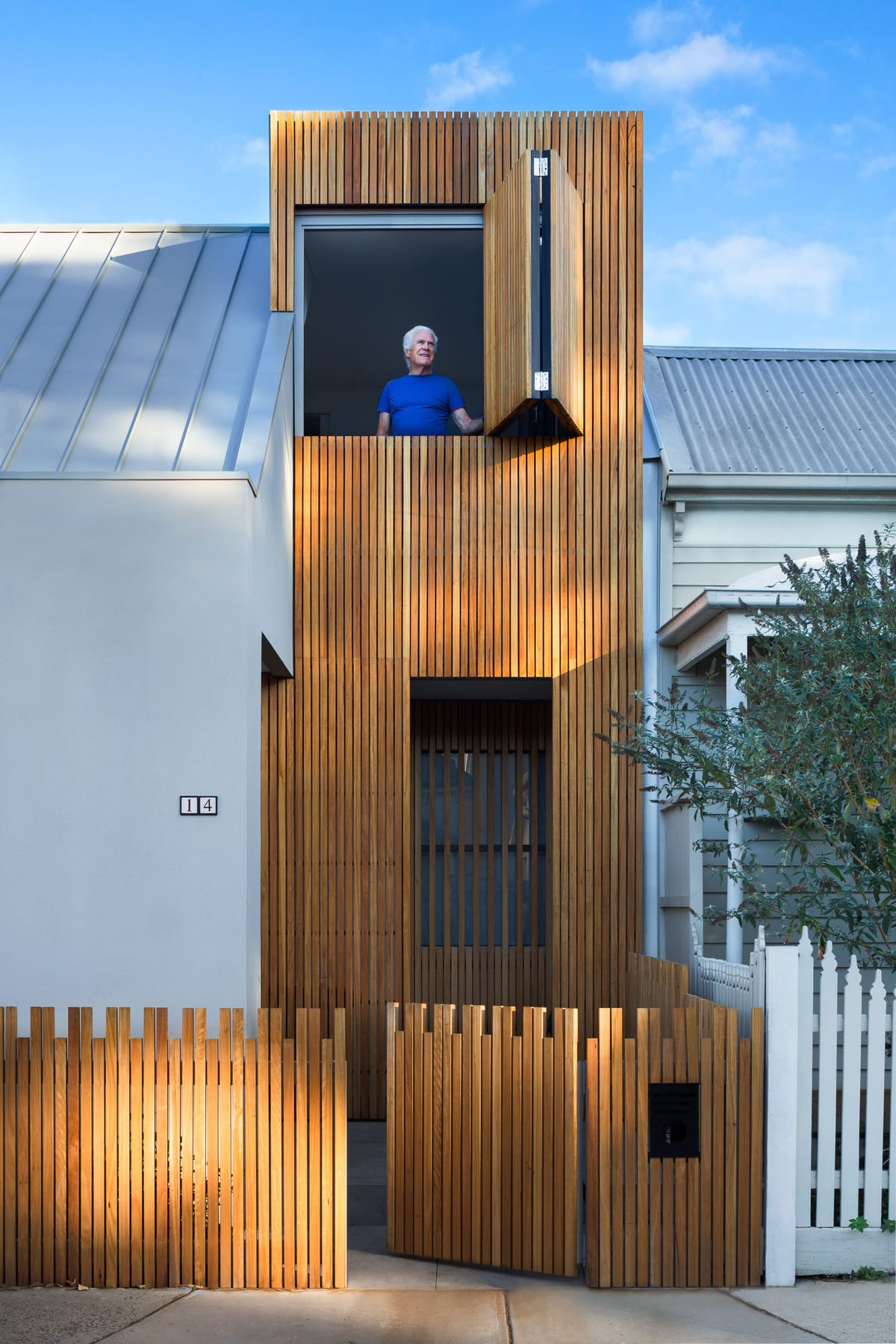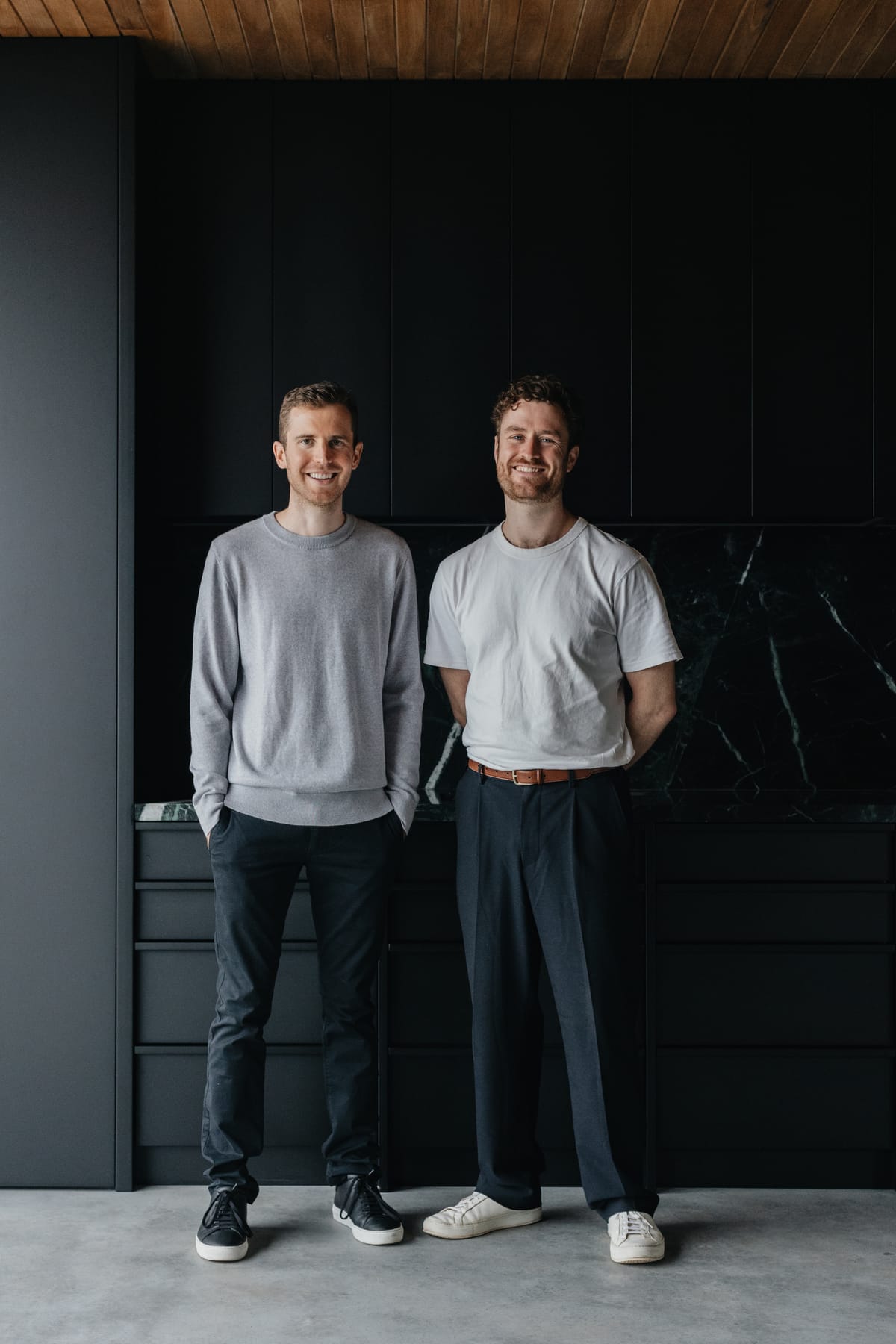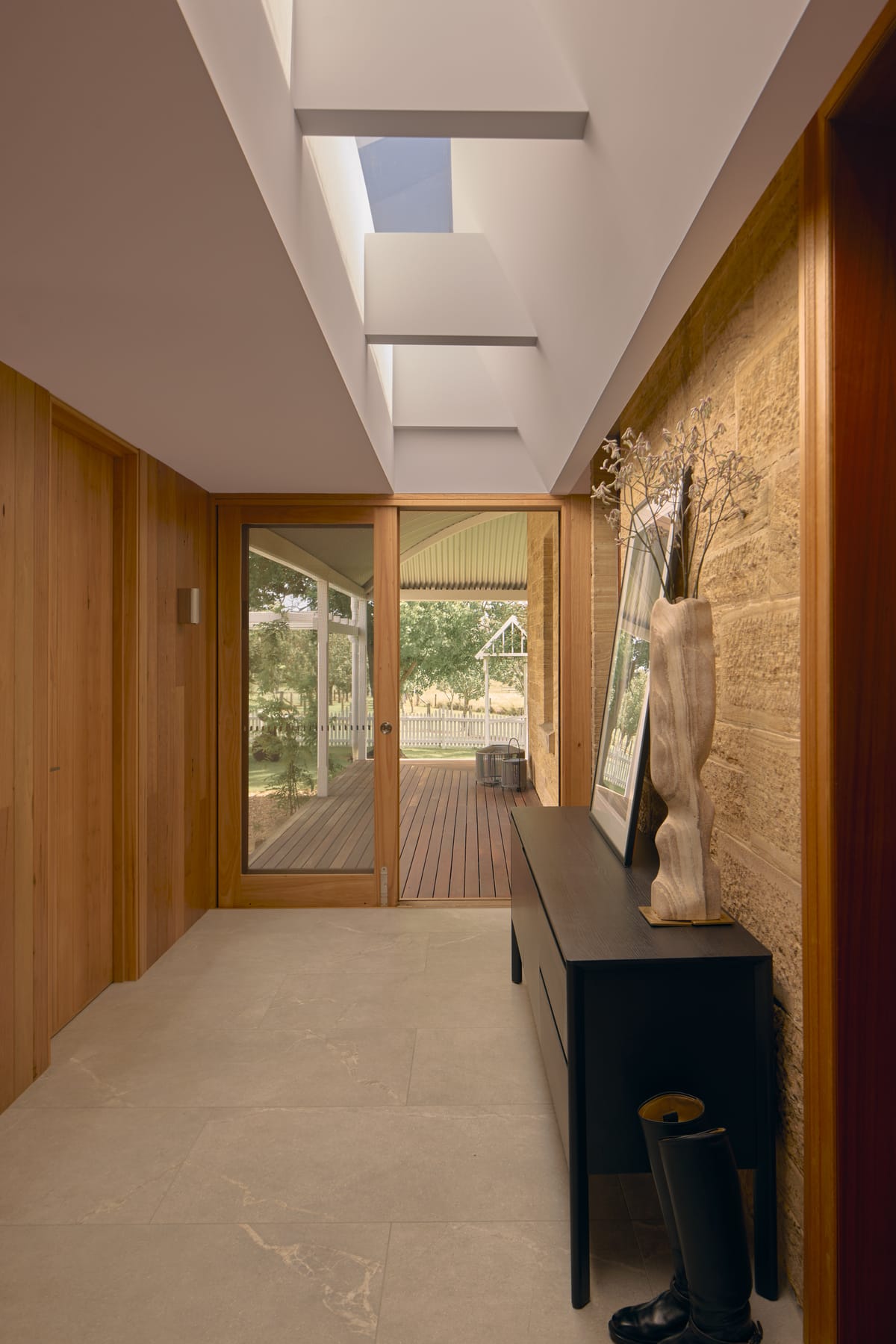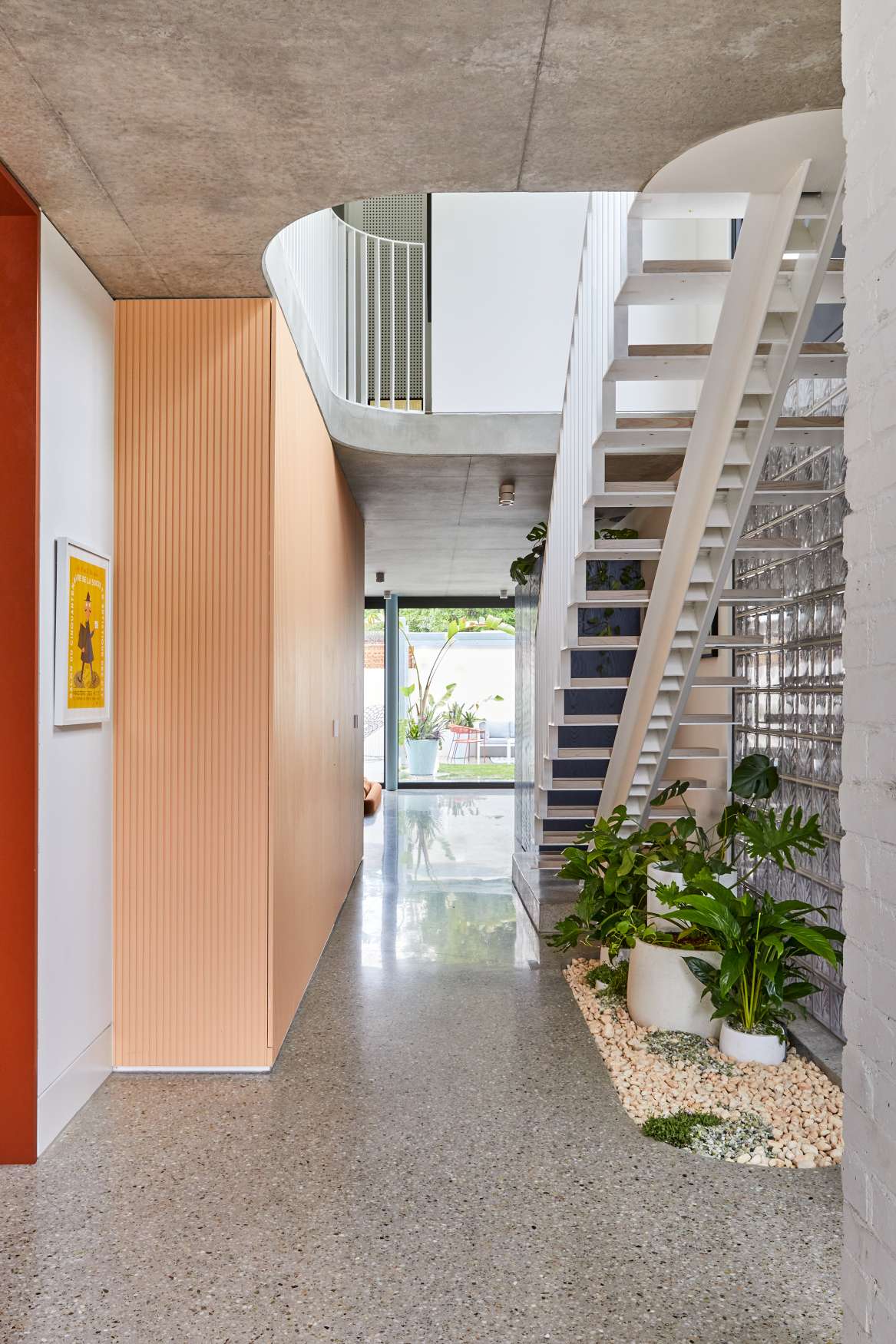Melbourne-based Trethowan Architecture balance heritage and the surrounding industrial context in the reworked Cremorne House, named after the eclectic, mixed-use urban landscape it occupies. Founded in 2001, the architecture and design practice Trethowan Architecture have engaged their heritage expertise in this renovation, responding to both the clients' functional needs and the homes traditional character.
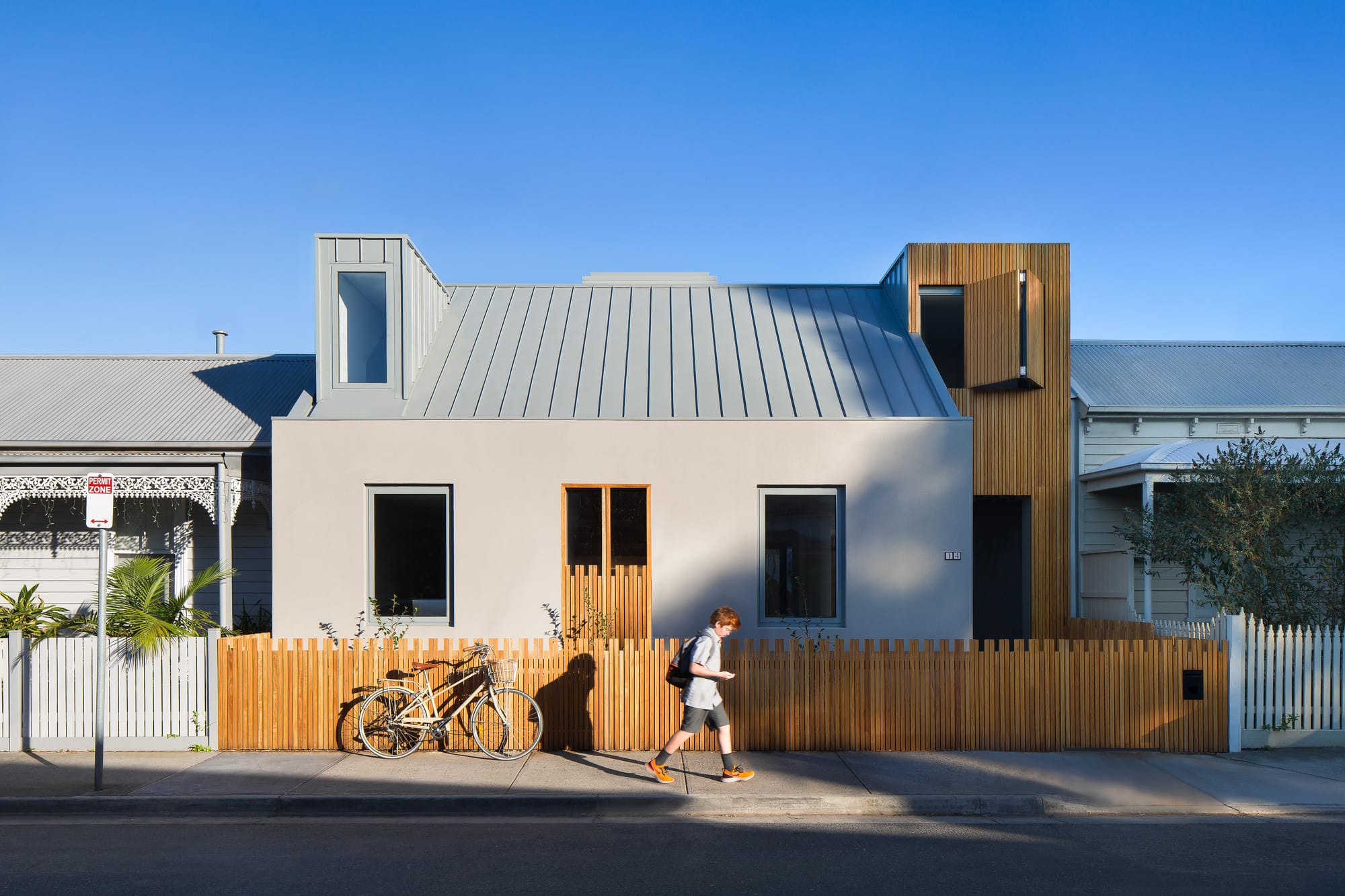
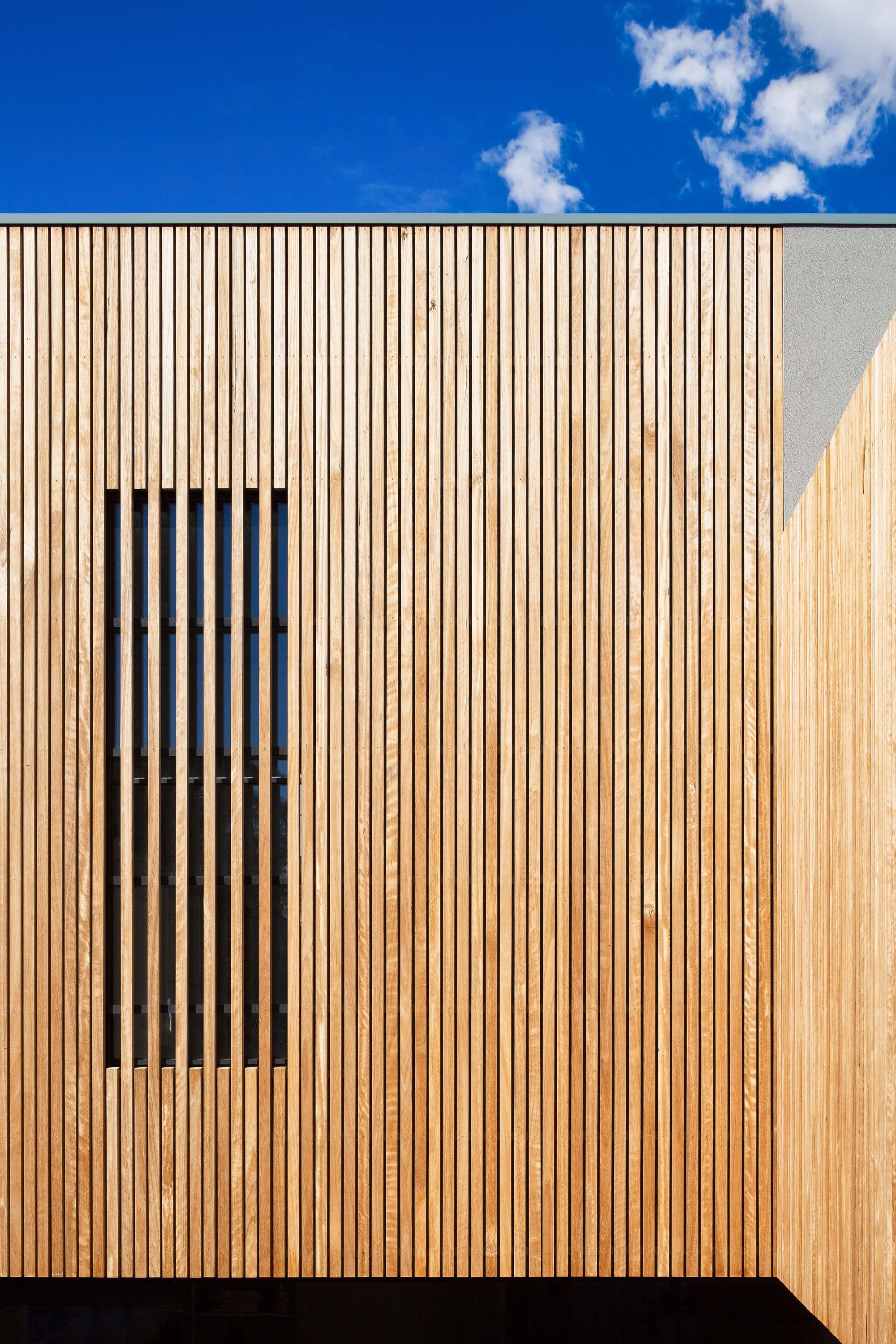
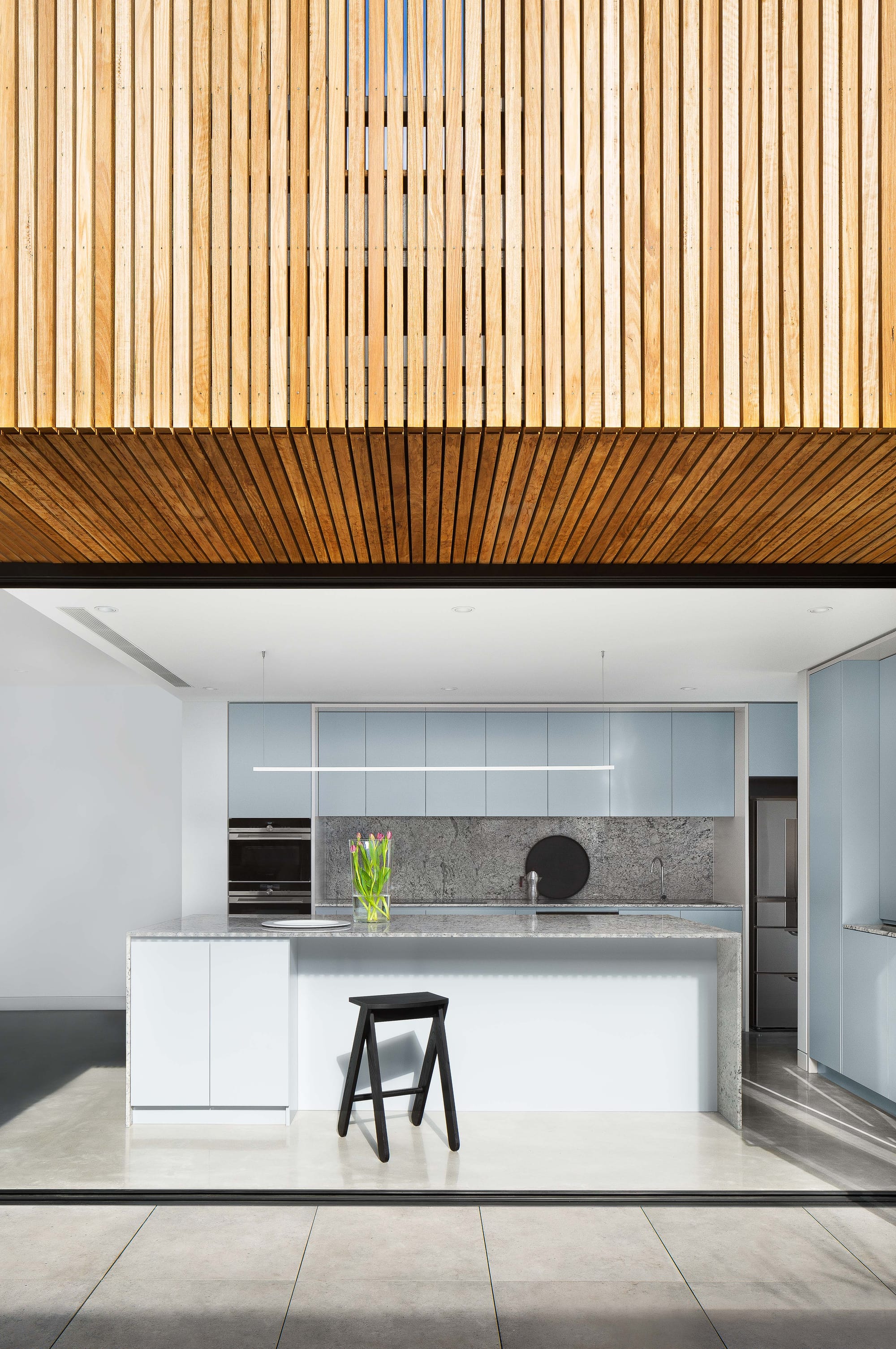
Nestled in the diverse Cremorne neighbourhood with a spattering of residential, commercial and industrial builds - it was vital that particular attention be paid to the transition from street to the home. Careful spatial planning carried out by Trethowan Architecture has created an entrance to the home, transporting the homeowners from the bustling urban fabric on the street to the quiet internal spaces and lovely outdoor living zones of their home. Externally, the homes original cottage form has been retained, but carefully reinvigorated to accommodate for modern features ad elements, notably the set-back timber battens and pitched metal roof that give the home a distinct character within the street. Situated amongst a spattering of other heritage builds, these strong but discreet additions help the home stand out within the layered environment.
The ground floor of the home houses a kitchen, dining room and a living space, all of which are oriented to surround a central courtyard. The courtyard promises abundant lighting for the ground floor and fosters a connection between the interior and exterior enviornments. Additionally, the courtyard's arrangement assists the homes inhabitants to become attuned to the sensory experiences of their context and the social experiences facilitated within the space.
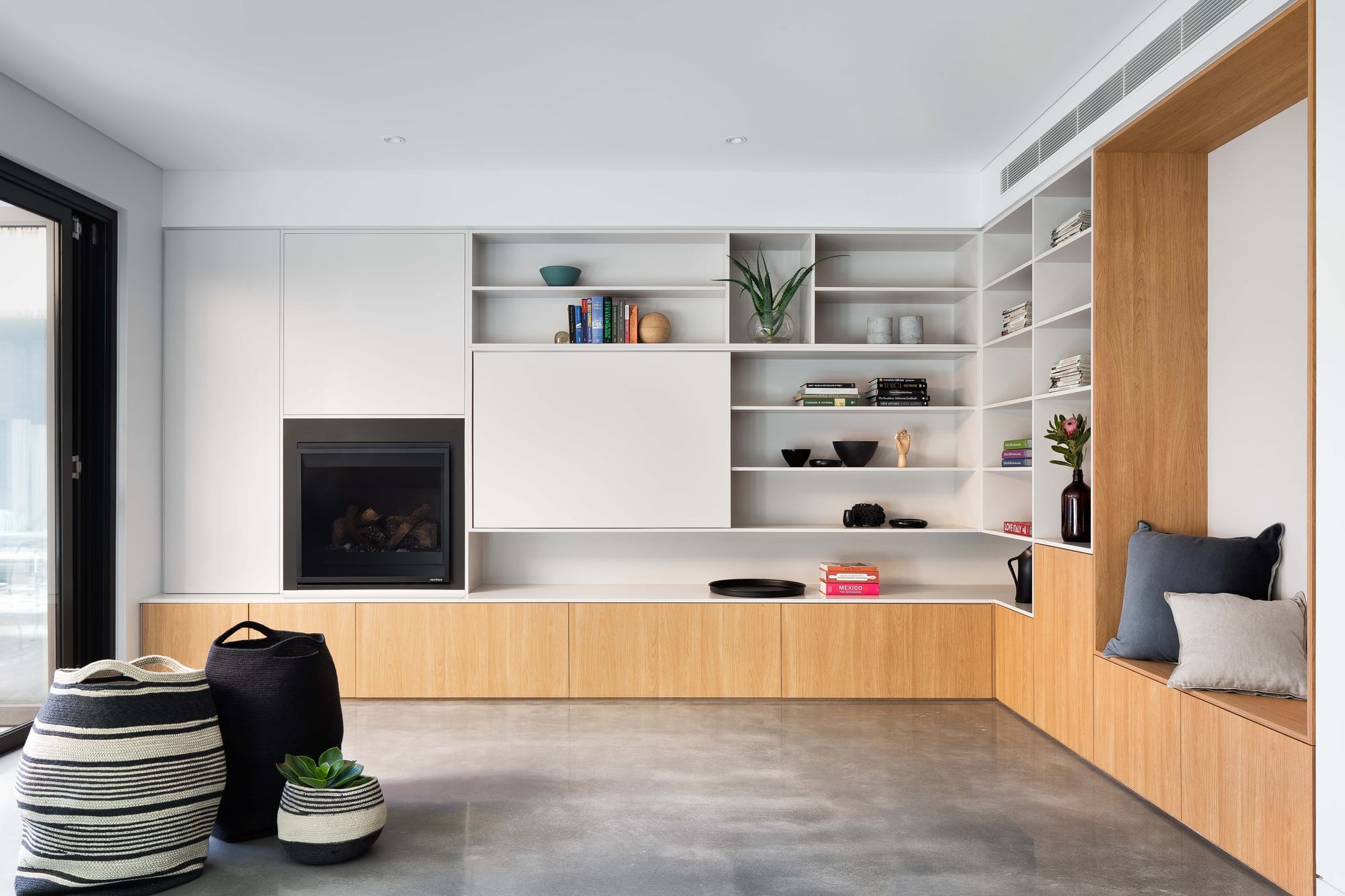
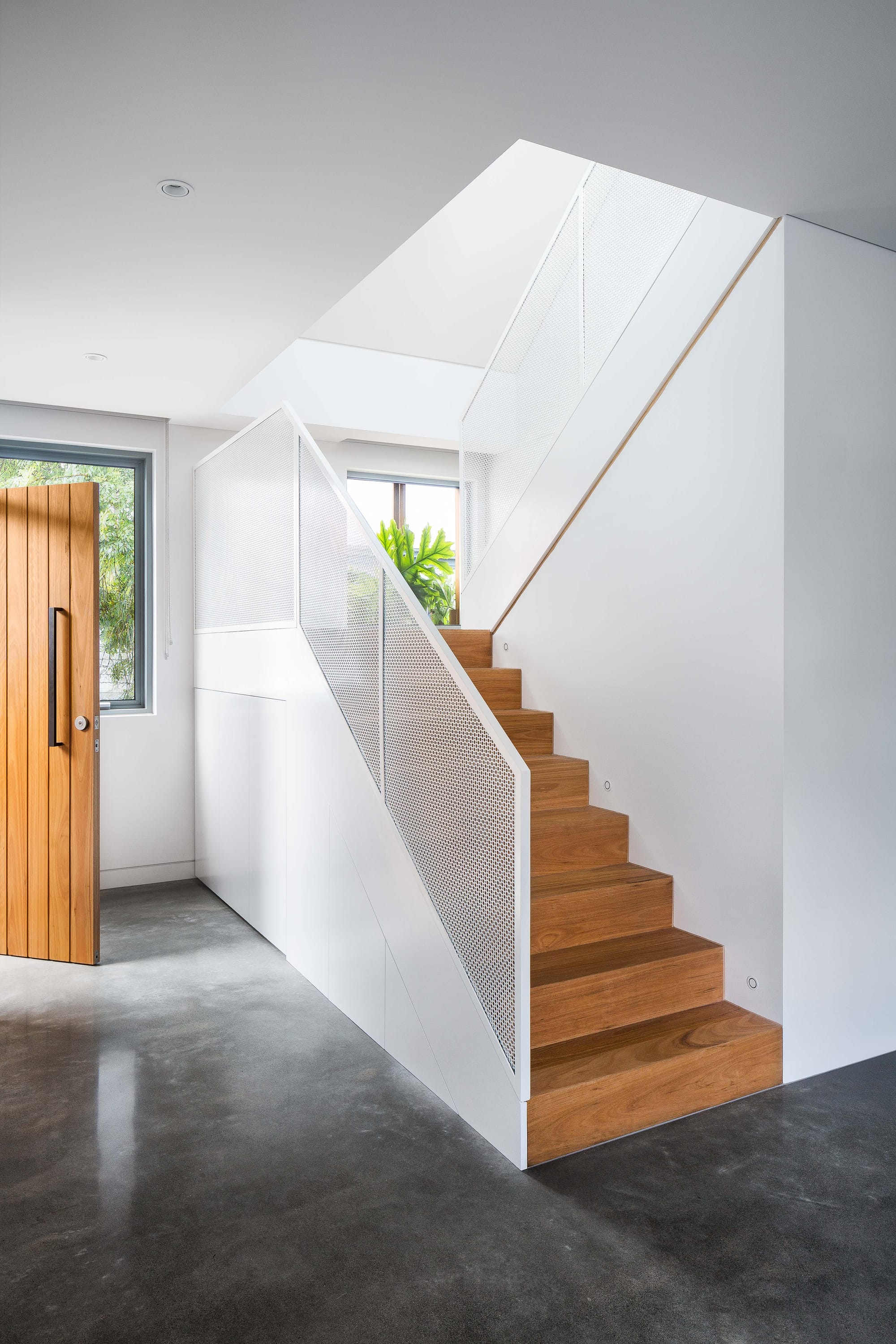

Industrial and contemporary elements have been woven throughout the home to provide juxtaposition against the retained heritage features of the cottage home. A minimalistic, industrial style staircase grants access to the first-floor bedrooms - as well as a discreetly hidden lift. The first floor is accessible not only via the interior staircase and concealed elevator, but through an equally hidden external staircase that grants access from the ground floor courtyard to the first-floor private terrace.
Inside the home's bathrooms, the skylights and a light, airy material palette have been employed to maximise a sense of spaciousness in the compact rooms, without minimising privacy. Throughout the rest of the house, the material palette remains fresh, contemporary and light. Industrial elements such as the polished concrete floors and perforated metal balustrades mimic the surrounding contextual environment of the home without compromising the traditional, heritage bones of the former cottage. Warm timber used for joinery finishes throughout the home promote a sense of cosiness, as well as drawing strong connections between the external timber battens features on the home's façade and in the internal design.
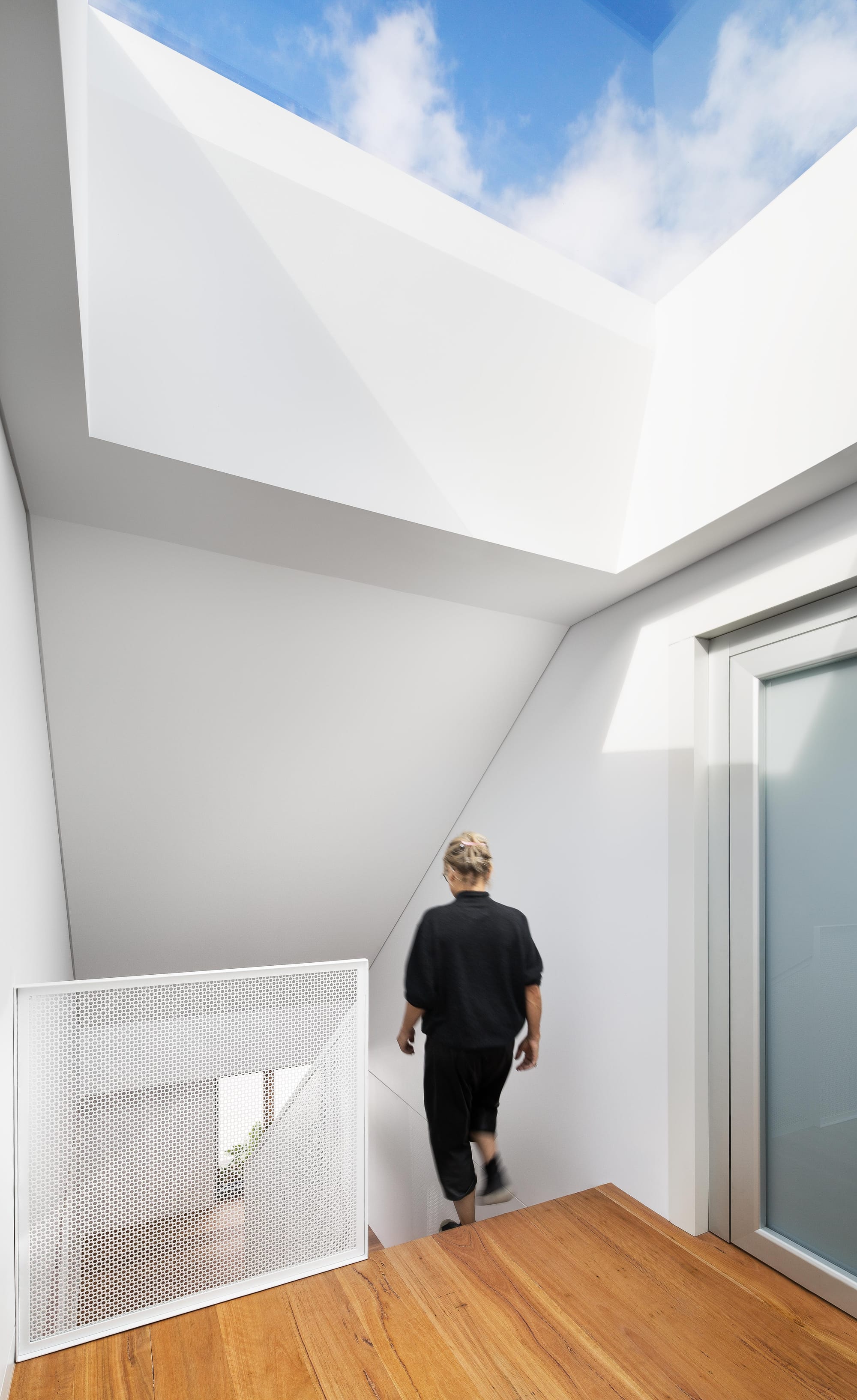
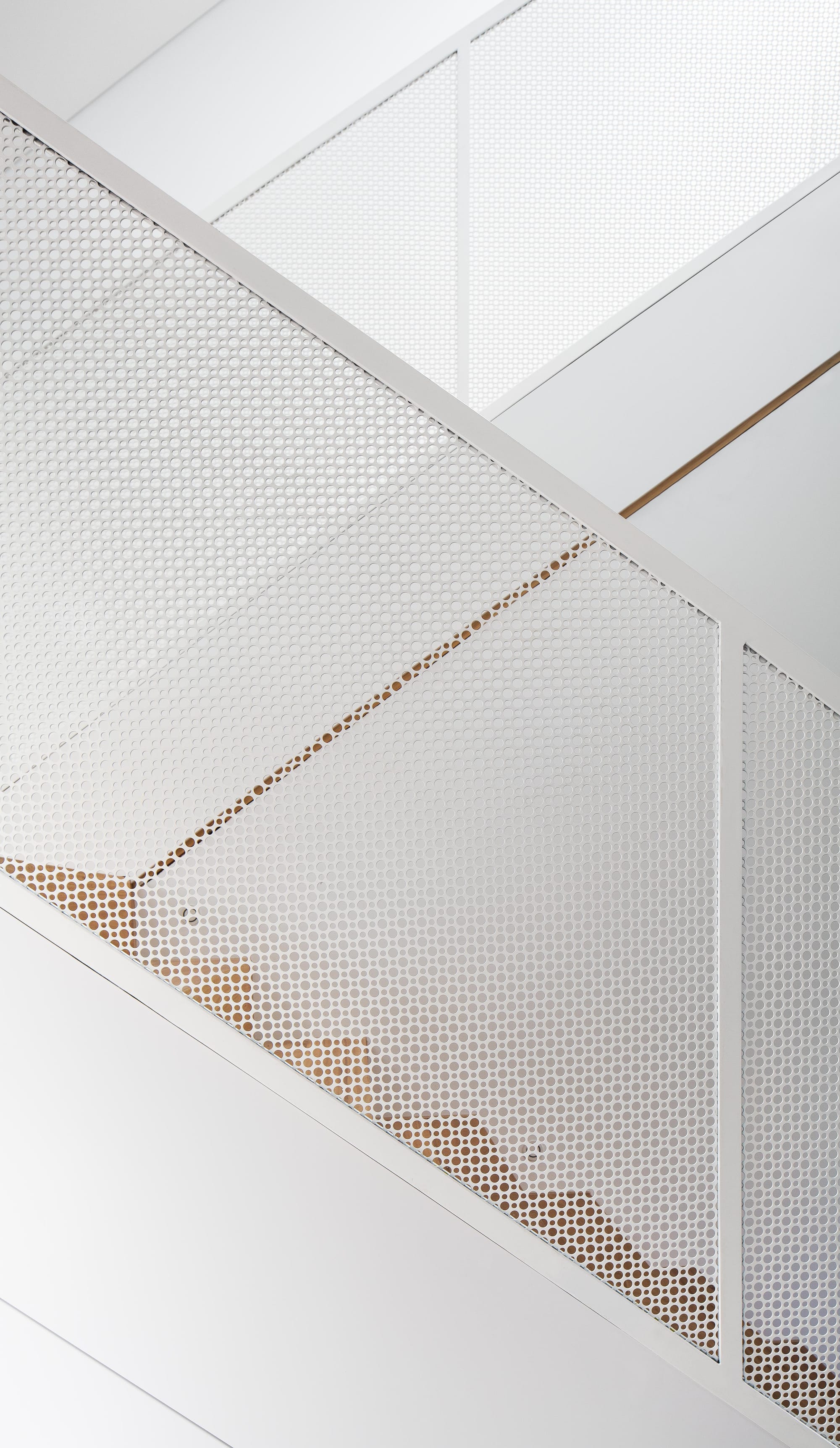
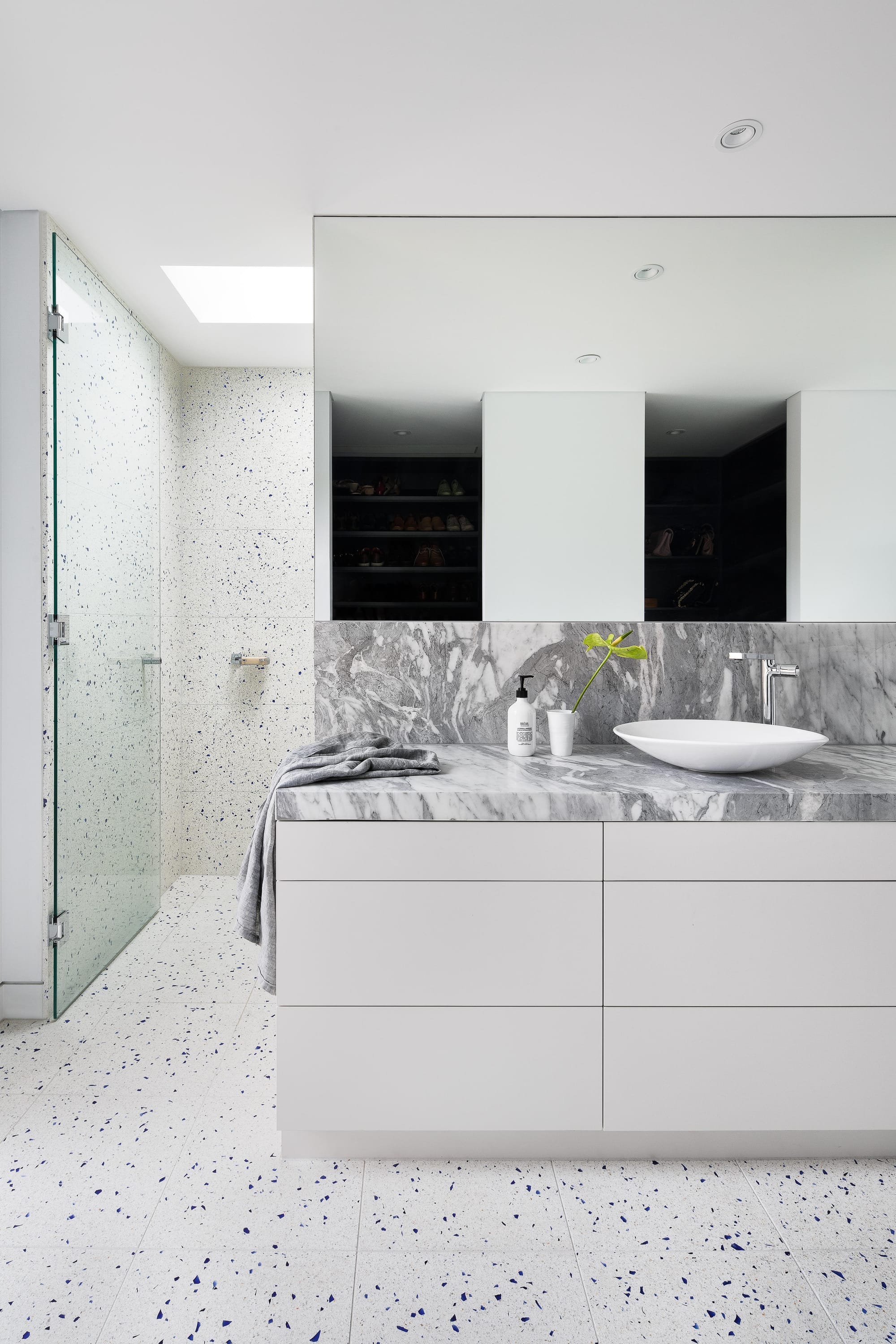
Throughout this Cremorne cottage, Trethowan Architecture have balanced heritage preservation whilst seamlessly fusing contemporary elements. Industrial design elements hint at the inner-city suburb's varied and layered contextual usage and history, whilst connection with the surrounding environment has been facilitated through skylights and a central courtyard. The result is a home that’s humble, cosy and fresh - promoting functionality and history equally.
PROJECT DETAILS
Architecture: Trethowan Architecture
Location: Cremorne, Victoria
Completed: 2018
Photographer: Emily Bartlett
Builder: Bacchus Constructions
CO-ARCHITECTURE COMPANY PROFILE
If you are eager to learn more about Trethowan Architecture, be sure to check out their CO-architecture company profile.
